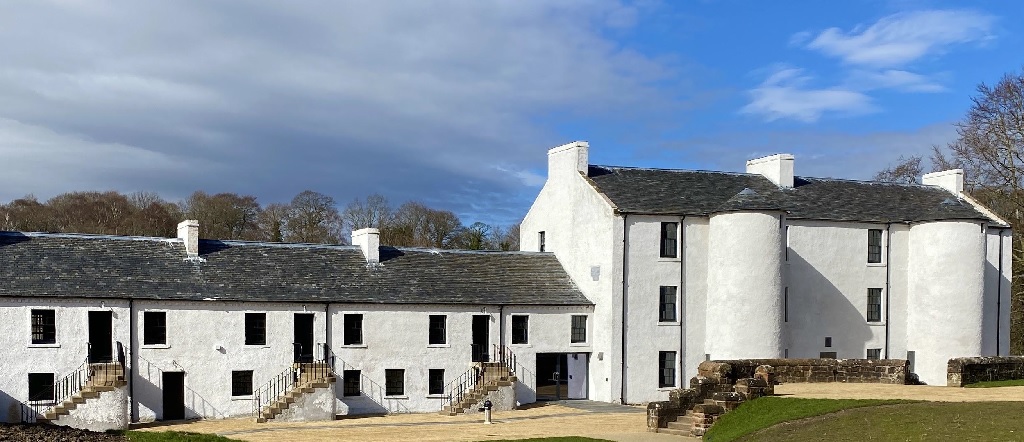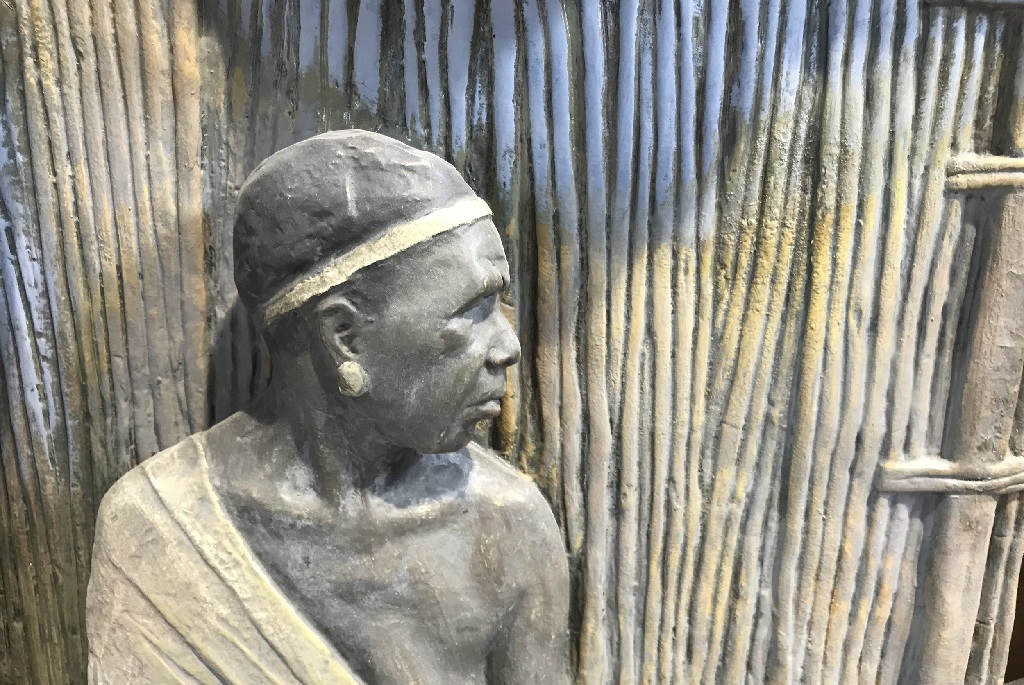
David Livingstone Birthplace reopening for summer 2021
The David Livingstone Birthplace in South Lanarkshire, home to one of Scotland’s most famous explorers, is set to reopen this summer following a £9.1m regeneration plan.
Located on the site of the former Blantyre Works Mill, on the banks of the River Clyde, the Birthplace includes a brand new exhibition space in the historic Shuttle Row tenements where David Livingstone was born and raised; a newly refurbished shop and café, new children’s play park, and 11 hectares of free to access parkland.
The regeneration, funded by the National Lottery Heritage Fund, Scottish Government and Historic Environment Scotland, has transformed this small independent museum and its grounds into a world-class visitor attraction.
When the museum reopens in the summer, visitors will be presented with the 21st century legacy of Livingstone’s story; told from multiple perspectives, and central to discussions around Scotland’s role in slavery and colonisation.

Shuttle Row Tenements, at the David Livingstone Birthplace Museum in Blantyre Photo: Iain Douglas)
Livingstone (1813-1873) was a Scottish physician and Christian missionary with the London Missionary Society. From his humble beginnings working at the Blantyre Mill Works, he became a life-long anti-slavery campaigner, abolitionist, and well-respected explorer in Africa.
He is considered to be of great international importance in terms of his contribution to science, exploration, faith and humanitarianism, and his discoveries – geographic, technical, medical, and social – provided a complex body of knowledge that is still being studied today.
When the Museum reopens, there will be thirty percent more of its internationally significant collection on display, including some favourite items such as the red shirt Livingstone is supposed to have been wearing when he met Stanley (‘Dr Livingstone I presume?’), the book collection Livingstone used to educate himself as a young boy at the Mill, and the Pilkington Jackson Tableaux commissioned for the Museum’s original opening in 1929.
The Tableaux depicts eight scenes from Livingstone’s life and has been reinterpreted by celebrated Zimbabwean author, lawyer and Livingstone scholar, Petina Gappah to illustrate, using animation, the often unrecognised contributions made by Livingstone’s companions towards his explorations.

Detail from Pilkington Jackson Tableaux
The redesigned education and workshop space will support a programme of community and partnership engagement including learning programmes, tours and family activities. This programme aimed at schools and families will address contemporary issues of sustainability and global citizenship, placing Livingstone’s legacy central to today’s discussions around Black history, cross-cultural understanding, and anti-racism.
When the David Livingstone Birthplace reopens, the café and grounds will be free to access and open early for dog walkers and early risers. The Museum will operate from April to December, with annual passes and day tickets both available.
To find out more about the David Livingstone Birthplace visit HERE.
TAGS

